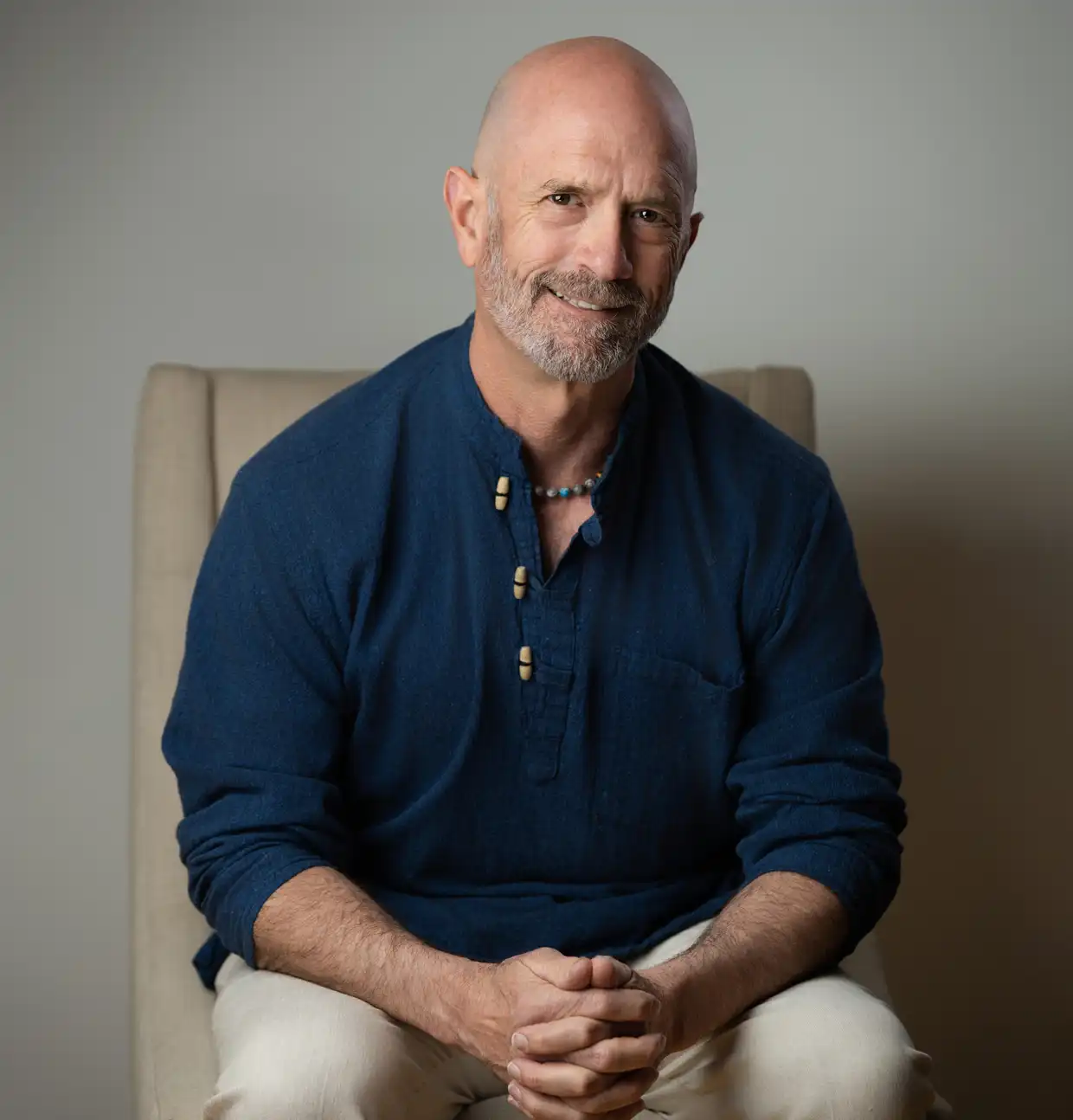I am consistently amazed by the courage I see in executives I coach, especially when they bravely identify their deepest fear–like having no purpose, being abandoned, or even dying–in order to heal and become better leaders and more complete human beings.
According to psychologist Todd Pressman, there are five core fears at the root of most of our distress: loss of love, identity, meaning, purpose/expression, and life itself. Each carries with it a particular coping mechanism that, until it’s brought to awareness, can tremendously restrict your growth and effectiveness. Maybe you already have a sense of what your core fear is.
In organizations that favor “getting along” over clarity and accountability, the core fear of the boss is often the loss of love. The otherwise strong leader is afraid people will leave or abandon them.
Core Fears & the Magic Triangle
I can best explain how this core fear plays out using the “magic triangle” coaching tool. The first leg of the triangle is the operating assumption, which, in this case, is that if you take a stand, or tell the hard truth, or make an unpopular decision, your people will disapprove and dislike you. They will abandon you. You will be alone.
That powerful assumption leads to the second leg of the triangle, which is the compensating strategy. Here, the obvious one is protection: don’t take the stand, hold back on the truth, or don’t commit. Avoid the conflict and disapproval, avoid the loss. The less obvious aspect of the strategy is that it leads you to abandon yourself (your truth, your stance) before others can do it to you.
The third leg of the magic triangle is what that strategy makes impossible. In this case, it prevents trust and commitment, which greatly limits teamwork and progress. It also means you’re not being authentically you. These limits are where the real price is paid.
Once you get clear on your core fear and the magic triangle it creates, then you can consciously make another choice. For one CEO with a lifelong people-pleasing tendency, the clarity and acceptance of his core fear led him to this extraordinarily empowering epiphany: “I have all I need in me.” He no longer allowed being liked to dominate how he led, opening up all kinds of new possibilities. Wow.
When you identify what your core fear is, don’t punish yourself for having it. At one point in your life, it served a purpose, fundamentally keeping you safe. The question becomes whether it still serves your greatest good.
Freeing Yourself
If you’re ready to release the influence of unconscious core fears and old limiting stories, here are seven empowering steps you can take.
1. Get to the core. Start by considering what fundamental fear may unconsciously influence your leadership behaviors and decisions. This article provides three questions to help you figure it out.
2. Identify your story. Identify your main operating assumption that animates the core fear. Use if/then reasoning. If I do ______, then ______ will happen. Repeat to go several layers deep. You’ll feel the emotion when you get to the root assumption.
3. Assess your strategy. Analyze your compensating strategies and what each one makes impossible. Notice patterns in your behavior that serve as coping mechanisms. Journal about how these strategies might be holding you and your organization back.
4. Go into the fear. Courageously explore where the fear takes you. Follow your imagination all the way to the end. For example: if you take a stand, and people don’t like it, everyone will quit and blame you, your company will go bankrupt, and so on. It often gets ludicrous pretty fast, which is helpful to recognize.
5. Challenge the fear. Once you’ve identified your core fear, consciously put yourself in low-risk situations where you can experiment with a different operating assumption (make it explicit!) and practice responding differently. See what happens.
6. Reassure your little one. Most core fears stem from childhood and “little you” doing your best to stay safe. Talk to that little boy or girl. Give acknowledgment and gratitude for getting you here. Reassure little you that big you has got this now.
7. Bring in love. Imagine what you would think and do if you fully loved and trusted yourself. Repeat until you feel your energy being uplifted. You may even find a smile on your face. This is the self-love component of Amare leadership in action.
Understanding and healing your deepest fear is not just an act of courage—it is an act of profound healing and self-love. As you learn to stop abandoning your true self in favor of safety or acceptance, you open up new possibilities for living and leading with authenticity and freedom.
Take these insights and tools into your daily life, trusting that you have everything you need within you to be both kind and direct, strong and compassionate, firm and loved. It is an immensely liberating path to your highest self and your leadership greatness.
Lead with the Most Effective Version of You & Your Team
I coach and advise executives and leadership teams on identifying and being the best version of themselves, through the Amare Way of love-powered leadership. For more information, contact me here.
Today’s Amare Wave Wednesday Quote
“The cave you fear to enter holds the treasure you seek.”
—Joseph Campbell
Click here and read more Amare Wave Wednesday newsletters on related topics:
Be Unafraid: 3 Steps to Embrace Fearless Leadership
Fear of Failure: How it Holds You Back from Greatness and Five Effective Ways to Deal With It
Be a Better Leader: 10 Amare Ways to Get Out of Your Head and Into the Moment
Recognizing and Managing Fear Energy and Love Energy in Hard Times


